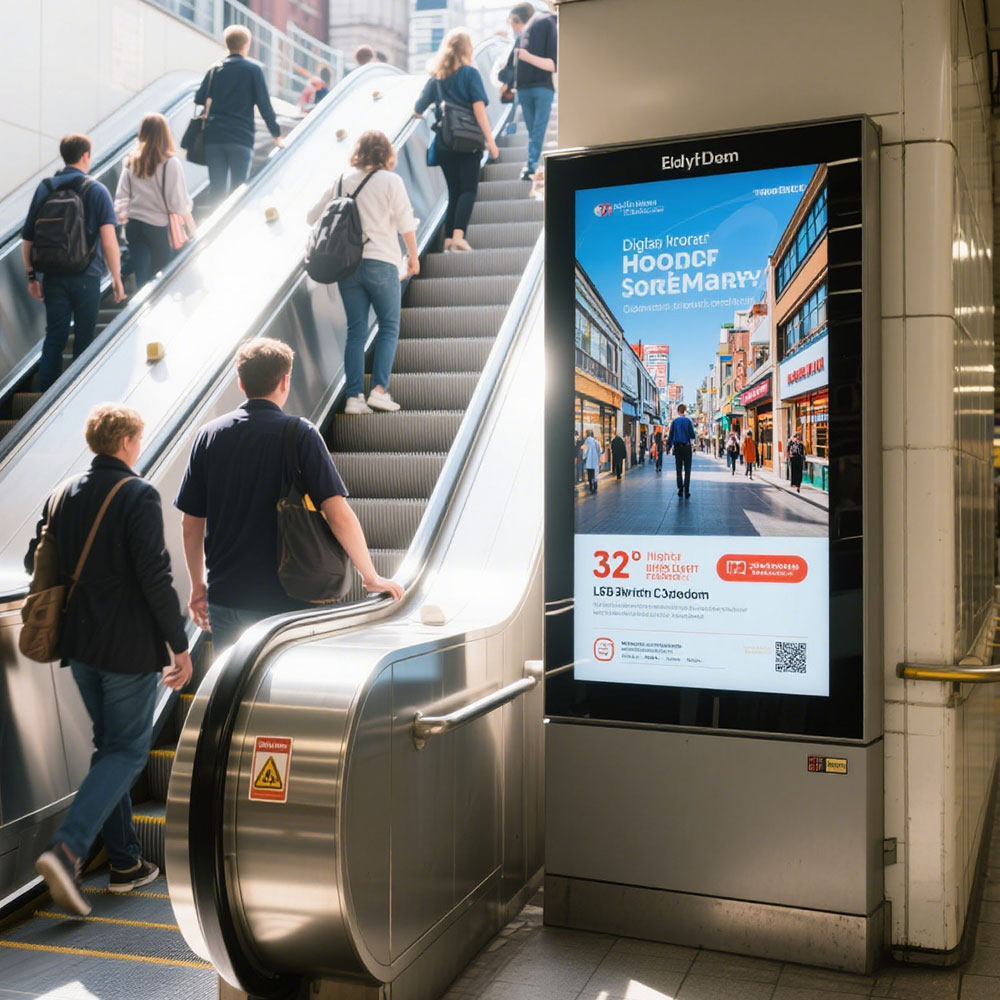Stretch display panels represent a groundbreaking advancement in outdoor LCD screen technology, particularly for applications requiring flexibility, durability, and high visibility under extreme environmental conditions. Unlike traditional rigid LCD panels, stretchable display panels are engineered with flexible substrates and conductive materials that allow mechanical deformation—such as bending, twisting, or stretching—without compromising image quality or electrical performance. This innovation is especially critical in outdoor environments where screens face thermal stress, UV exposure, vibration, and physical impacts.
The core of a stretch display panel lies in its use of advanced materials such as polyimide (PI) substrates, silver nanowires, and elastomeric encapsulants. These components enable the panel to maintain pixel integrity and uniform brightness even when subjected to up to 30% strain, a metric validated by ISO 16750-3 standards for automotive and industrial electronics. In outdoor settings like transit hubs, construction sites, or retail facades, this resilience translates into longer lifespans and reduced maintenance costs—a key selling point for municipal and commercial clients.

From an engineering perspective, stretch display panels integrate microLEDs or OLEDs with stretchable interconnects, allowing seamless signal transmission across deformed surfaces. This design eliminates the need for rigid connectors, which often fail due to thermal expansion mismatches. A case study from LG Display in 2023 demonstrated a 40% reduction in field failures for outdoor digital signage using stretchable OLEDs compared to conventional rigid panels in coastal regions exposed to saltwater and humidity.
Moreover, these panels support dynamic content delivery through embedded sensors and adaptive brightness control systems. For example, a stretch display installed on a bus shelter in Singapore adjusted its luminance in real-time based on ambient light levels, achieving energy savings of up to 25% while maintaining readability at night. Such smart integration aligns with global sustainability goals and enhances ROI for end-users.
For manufacturers, adopting stretch display panels demands rigorous adherence to IPC-9850 standards for flexible printed circuit boards and MIL-STD-810G for environmental testing. Proper encapsulation techniques using UV-curable resins ensure moisture resistance (IP68 rating), making them suitable for rain, snow, or dusty climates.
In conclusion, stretch display panels are not just a novelty—they are a strategic evolution in outdoor LCD technology. Their ability to combine mechanical flexibility with operational reliability positions them as the future standard for high-performance digital signage, public information systems, and mobile displays in demanding environments.







